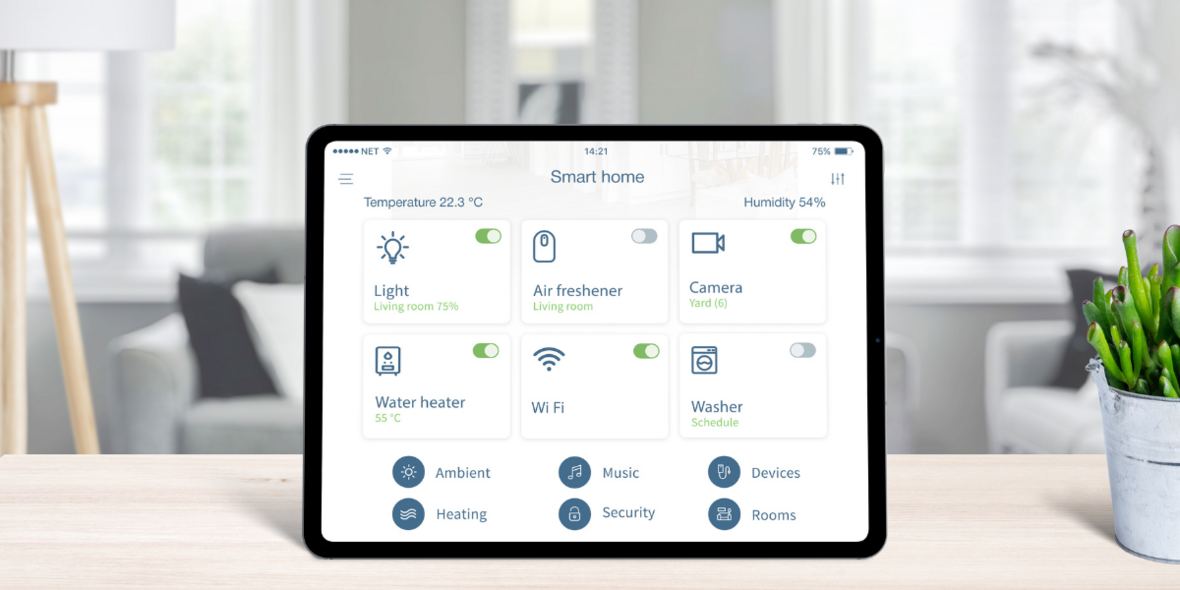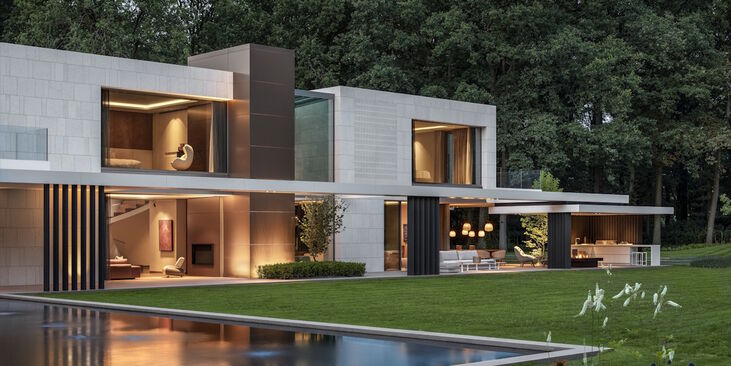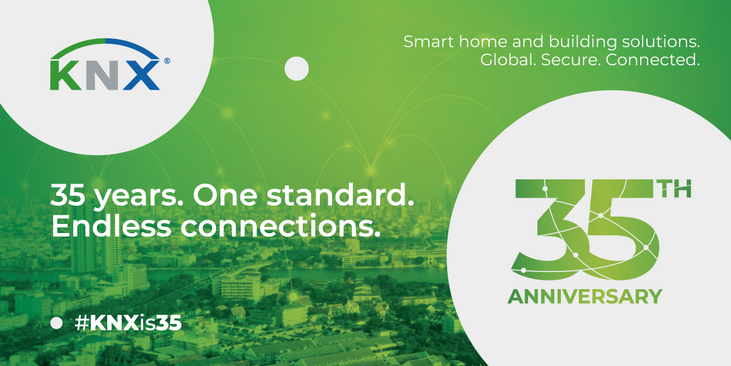31. Jul 2025
Do you need a smart hub? Here's when it makes sense to add KNX to your home

If you already use smart devices, you’ve probably heard of the terms ‘smart hub’ or ‘centralized control’. If you are new to home automation, you should definitely familiarize yourself with it and its purpose (before you eagerly start adding smart devices to your home). A smart hub will guarantee you can control all the smart features of your home from one place, without having to worry about incompatibility of your devices or juggling multiple apps and remote controls.
What is a smart home hub, and in which cases do you need one?

A smart home hub is a system or device that allows you to control various smart home components from one central interface. Instead of using separate apps for your lighting, heating, security, blinds, multimedia devices and energy management, a hub brings everything together—ensuring these technologies can work in sync.
Homeowners typically consider a hub when they’re tired of:
App-hopping to control different devices
Dealing with device incompatibility
Lacking proper automation across rooms or floors
The problem with standalone smart devices in your forever home
Devices like smart plugs, thermostats, light bulbs and speakers offer convenient entry points into home automation. They allow homeowners to immediately enjoy the benefits of smart technology, without a professional installer. But as your smart home setup expands over time, limitations become clear:
Limited device compatibility - Devices from different brands often can’t communicate with each other.
Precarious device security - Most depend on the cloud, which can introduce security risks and delays on device communication.
A scattered smart home setup - Control becomes fragmented, especially if multiple family members rely on different apps or voice assistants.
Restricted in automation options - Automation is limited to basic rules, far from the intelligent systems many homeowners envision when starting their home automation journey.
This is where a scalable system like KNX starts to make more sense, if you wish to build a future-proof smart home.
When does centralized control make sense in your smart home?

Not every home with smart devices needs a hub. If any of the following apply to you, it’s worth considering adding centralized control to your smart home setup:
You have (or plan to install) 5+ smart devices across different categories.
You want to automate full-room or multi-room scenarios.
You value reliability and privacy, with minimal cloud dependency.
You’d like your home to adapt automatically based on time, weather or your presence in specific rooms.
In these situations, it’s often desirable that your integrated devices and smart systems can communicate seamlessly with each other with as little manual (or voice) commands as possible. Luckily, KNX offers a complete smart home ecosystem that does just that.
KNX: More than a smart hub
Unlike traditional smart hubs that act as central control units, KNX operates on a decentralized model where each device communicates over a shared protocol without relying on a single controller. It connects all smart devices (regardless of brand) into one robust infrastructure.

With KNX, you get:
- Centralized control across lighting, HVAC, shading, energy, security, and more
- Compatibility with 500+ manufacturers and thousands of certified devices
- Control via wall panels, apps, remote access, or even voice assistants
- Seamless automation scenarios (e.g., “Goodnight” turns off lights, lowers blinds, and adjusts temperature)
- Wired and wireless (KNX RF) solutions for both new builds and retrofits
Already have an elaborate smart home setup? You can still add KNX
KNX doesn’t force you to start over when you’ve already enhanced your home with smart technology. Many homeowners begin by integrating KNX with existing systems like Google Home, Amazon Alexa, Sonos, Home Assistant. And because KNX supports both wired and wireless installations (via KNX RF), you can upgrade any space, no major renovations required.
Plug-and-play smart devices are convenient to use when you have a limited amount of devices or when you don’t plan on enhancing your smart home. But if you're looking for reliability, scalability and full control of your home's energy, comfort and security, it may be time to think beyond standalone gadgets. A smart home hub like KNX doesn’t just connect devices, it unites them into a system that works together, learns from your habits and saves energy along the way.
Ready to make your smart home smarter? Find a certified KNX installer near you and start designing your future-proof ecosystem.
Highlights
-
 Press
PressKNX Launches KNX Standard Version 3.0.4
KNX Association is proud to announce the release of Version 3.0.4 of the KNX Standard to its manufacturer members. The KNX ... -
 News
NewsThe KNX Journal 2025 is now available
The latest edition of our annual smart home and building solutions magazine has arrived. The KNX Journal 2025 offers ... -
 KNXtoday
KNXtoday#KNXis35: KNX history and evolution
KNX is 35. This worldwide building control standard, initiated by a handful of visionary European manufacturers, now has ...
